Home>Articles>How Much Value Does A Dining Room Add To A House
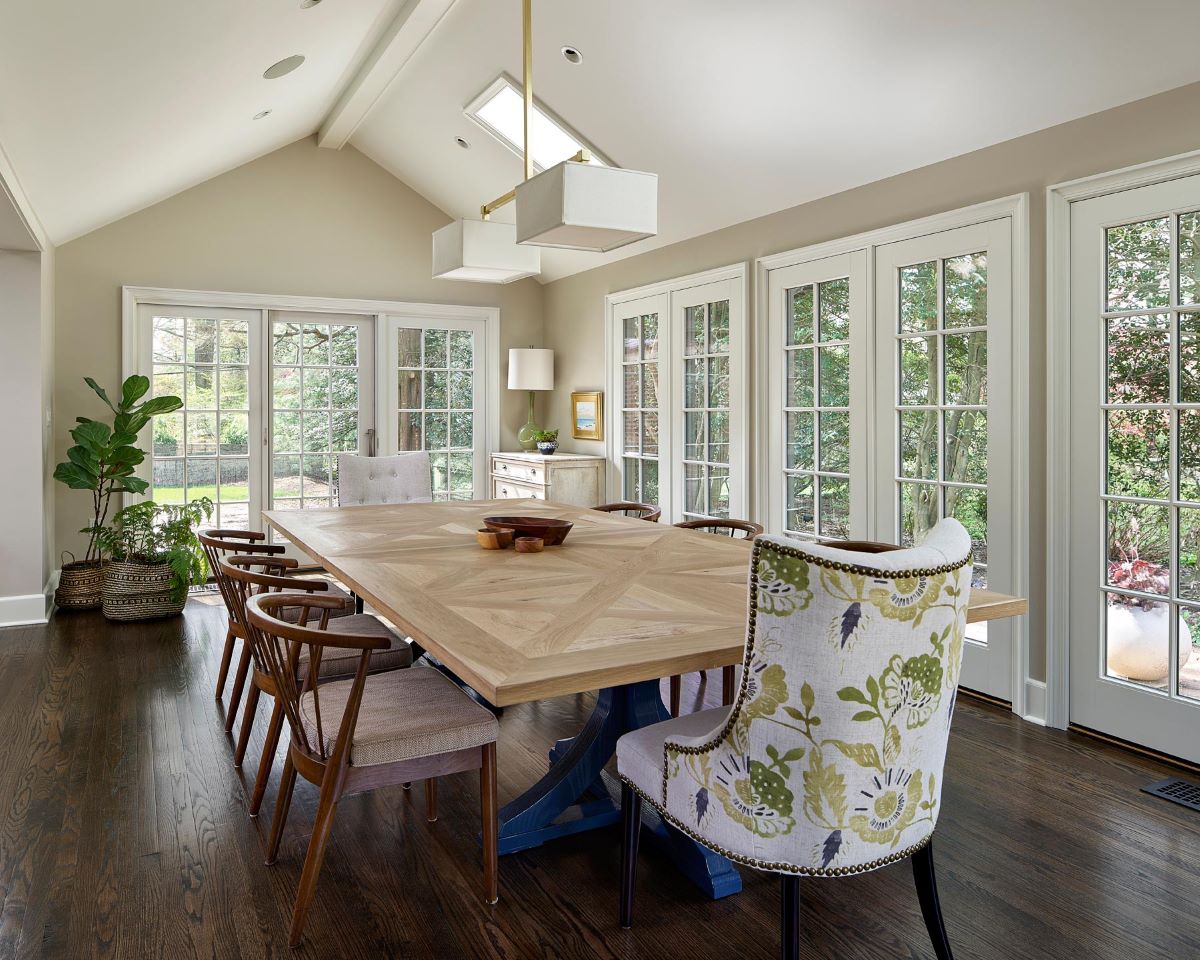

Articles
How Much Value Does A Dining Room Add To A House
Modified: February 23, 2024
Discover the significance of a dining room in increasing the value of your house with insightful articles and expert advice.
(Many of the links in this article redirect to a specific reviewed product. Your purchase of these products through affiliate links helps to generate commission for Storables.com, at no extra cost. Learn more)
Introduction
When it comes to buying or selling a house, there are many factors that can influence its value. One such factor is the presence of a dining room. A dining room is a designated space for eating meals, separate from the kitchen or living room. It provides a formal setting for hosting guests, enjoying family meals, and adding a touch of elegance to the overall design of a house.
In this article, we will explore the value that a dining room can add to a house. We will discuss various factors to consider, such as square footage, functionality, and aesthetic appeal. We will also delve into the potential return on investment and how the current real estate market trends play a role in determining the value of a dining room. Lastly, we will touch upon the cost associated with adding a dining room and whether it is a worthwhile investment.
So, whether you are a homeowner contemplating adding a dining room or a prospective buyer curious about the added value it brings, read on to discover the impact a dining room can have on a house’s overall worth.
Key Takeaways:
- A well-designed dining room can significantly enhance a house’s value by considering square footage, functionality, and aesthetic appeal, appealing to potential buyers and increasing market desirability.
- Investing in a dining room offers potential return on investment, lifestyle benefits, and differentiation in a competitive market, aligning with changing real estate trends and adding long-term value to a house.
Factors to Consider
When evaluating the value of a dining room in a house, there are several important factors to take into consideration. These factors include square footage, functionality, and aesthetic appeal.
Square Footage: The size of the dining room plays a significant role in determining its value. A spacious dining room allows for comfortable seating arrangements and can accommodate larger gatherings. Real estate experts often recommend a dining room should be around 150-200 square feet to be considered adequate. However, it’s essential to strike a balance between size and the overall layout of the house to ensure it does not feel disproportionately large or small.
Functionality: A well-designed dining room should serve its intended purpose – providing a space for dining and entertaining. Buyers and homeowners value a dining room that is conveniently located near the kitchen for easy access during mealtimes. It should also be positioned in a way that allows for good flow and doesn’t disrupt the overall layout of the house. Additionally, having proper lighting and ventilation in the dining room adds to its functionality and enhances the overall dining experience.
Aesthetic Appeal: The aesthetic appeal of a dining room can greatly impact its value. A visually appealing dining room with harmonious colors, stylish furniture, and tasteful decor can create a sense of luxury and elegance. Elements such as architectural details, crown molding, chandeliers, or pendant lighting can elevate the overall ambiance of the room. Moreover, having large windows that invite natural light or offering a pleasant view can enhance the dining experience and add to the room’s value.
By carefully considering these factors, homeowners can create a dining room that not only adds value to their house but also enhances their everyday living experience. Similarly, prospective buyers can prioritize these factors while searching for a house with a dining room that meets their specific needs and preferences.
Square Footage
When it comes to determining the value of a dining room, square footage plays a crucial role. The size of the dining room can influence the overall functionality and appeal of the space.
Real estate experts generally recommend that a dining room should be around 150-200 square feet to be considered adequate. This size allows for comfortable seating arrangements and accommodates larger dining tables. However, it’s important to take into account the overall size and layout of the house. A dining room that is too large in relation to the other rooms may feel disproportionate and excessive, while a dining room that is too small may limit seating options and hinder the flow of the space.
Homeowners and buyers should also consider the number of people typically using the dining room. If it is a large family or if the homeowner frequently hosts dinner parties or gatherings, a larger dining room may be necessary. On the other hand, a smaller household or individuals who seldom entertain may find a more modest-sized dining room sufficient.
Another factor to consider regarding square footage is the potential for alternative uses or multi-purpose functionality. In some cases, homeowners may opt for a slightly smaller dining room and repurpose the additional space for a home office, a play area for children, or even a small lounge area. This can provide flexibility and make the space more appealing to potential buyers who might have different needs and preferences.
It’s also worth noting that the size of the dining room should be in proportion to the overall size of the house. A large house with small dining room space can potentially detract from the overall value and appeal. Conversely, a smaller house with a spacious dining room may add a sense of luxury and grandeur.
In summary, when considering the value of a dining room based on square footage, it’s important to strike a balance between size, functionality, and overall layout. The dining room should be spacious enough to comfortably accommodate dining activities and guests, but not so large that it feels overwhelming or out of proportion with the rest of the house.
Functionality
When evaluating the value of a dining room, one of the essential factors to consider is its functionality. A well-designed and functional dining room can greatly enhance the overall dining experience and add value to a house.
There are several key aspects of functionality to take into account when assessing the value of a dining room:
Proximity to the Kitchen: One of the primary considerations for functionality is the location of the dining room in relation to the kitchen. A dining room that is conveniently situated near the kitchen makes it easier and more efficient for homeowners and their guests to serve and enjoy meals. It eliminates the need to carry heavy dishes across long distances, saving time and effort.
Flow and Accessibility: A well-designed dining room should have good flow and accessibility within the overall layout of the house. It should be easily accessible from the main living areas, allowing for seamless movement between the dining room and other spaces. An open floor plan that connects the dining room with the kitchen or living room can create a sense of unity and enhance the functionality of the space.
Lighting and Ventilation: Adequate lighting and ventilation are important considerations for a functional dining room. The room should have sufficient lighting, whether it be natural light through windows or well-placed artificial lighting fixtures. Proper ventilation is also crucial to maintain a comfortable atmosphere during meals, preventing odors and ensuring fresh air circulation.
Seating Capacity: The seating capacity of a dining room is another important aspect of functionality. It should have enough seating options to accommodate the household members and any additional guests. Consider the shape and size of the dining table that can comfortably fit in the room without crowding the space. Additionally, having extra seating options, such as a dining bench or an extendable table, can provide flexibility and increase the room’s functionality.
Flexibility for Other Uses: While the primary purpose of a dining room is for dining and entertaining, it’s also valuable to consider its potential for other uses. A dining room that can be easily transformed into a home office, a study area, or a crafting space can add versatility and practicality to the room’s functionality. This expands the potential appeal to homeowners who may have different needs and lifestyles.
In summary, a functional dining room should be strategically located, have good flow and accessibility, offer adequate lighting and ventilation, and provide sufficient seating capacity. Considering these aspects will not only enhance the value of the dining room but also contribute to the overall functionality and enjoyment of the space in a house.
Aesthetic Appeal
When evaluating the value of a dining room, it’s important to consider its aesthetic appeal. A visually appealing dining room can greatly enhance the overall ambiance of a house and increase its value.
Here are several key factors to consider when assessing the aesthetic appeal of a dining room:
Colors and Design: The choice of colors and design elements greatly influences the atmosphere and visual appeal of a dining room. Consider using colors that create a warm and inviting environment, such as earth tones or soft hues. It’s important to choose a color palette that complements the overall style and decor of the house. Additionally, incorporating design elements like wallpaper, wainscoting, or decorative moldings can add character and sophistication to the dining room.
Furniture and Layout: The furniture and layout of the dining room play a significant role in its aesthetic appeal. Choose dining furniture that is both comfortable and stylish. The dining table should be proportionate to the size of the room and provide adequate seating. Consider the material, finish, and design of the table and chairs to match the overall theme of the house. The layout of the furniture should allow for easy movement and create a visually pleasing composition within the space.
Lighting: Proper lighting is crucial for creating a pleasant dining atmosphere. Consider installing a statement chandelier or pendant lights above the dining table to add a touch of elegance and serve as a focal point. Additionally, ensure that the room has sufficient ambient, task, and accent lighting to create the desired mood and highlight key areas or decor elements.
Decor and Accessories: The decor and accessories in a dining room can add the finishing touches and enhance its aesthetic appeal. Consider displaying artwork, mirrors, or a statement centerpiece on the dining table. Adding plants or fresh flowers can bring life and vibrancy to the space. Pay attention to the details, such as curtains, window treatments, and table linens, as they can greatly impact the overall aesthetic of the room.
Natural Light and Views: If possible, maximize the use of natural light in the dining room by incorporating large windows or glass doors. Natural light not only creates a pleasant and inviting atmosphere but also offers beautiful views of the surrounding environment. Having a dining room with views of a garden, a scenic landscape, or even a backyard can greatly enhance its aesthetic appeal.
In summary, the aesthetic appeal of a dining room is crucial in determining its value. The right combination of colors, design elements, furniture, lighting, and decor can create a visually stunning and inviting space that adds charm and elegance to the overall design of the house.
A well-designed dining room can add significant value to a house by creating a desirable space for entertaining and family gatherings. It can also enhance the overall aesthetic appeal of the home, making it more attractive to potential buyers.
Potential Return on Investment
Investing in a dining room can yield a potential return on investment, both in terms of monetary value and lifestyle benefits. While the exact return on investment can vary depending on various factors, there are several aspects to consider when assessing the potential return on investment for a dining room.
Increased Property Value: Adding a dining room to a house can increase its overall market value. Buyers often seek houses with designated dining spaces, as it adds a sense of elegance and functionality. Therefore, investing in a dining room can result in a higher selling price when it comes time to sell the house.
Broader Market Appeal: By incorporating a dining room into the house, you are expanding the potential market of buyers. Many homebuyers prioritize dining rooms, especially those who entertain frequently or have larger families. Having a dining room can make your house more appealing to a wider range of potential buyers, increasing the chances of a faster sale at a higher price.
Enhanced Lifestyle: While the financial return on investment is important, it’s also essential to consider the lifestyle benefits of having a dining room. A well-designed dining room creates a welcoming space for gathering with family and friends, hosting dinner parties, and enjoying meals together. This can enhance your overall quality of life and create lasting memories.
Differentiation from Competing Properties: In a competitive real estate market, having a dining room can set your house apart from other properties. It gives your house a unique selling point that can attract potential buyers and provide an advantage in negotiations. An attractive and functional dining room can leave a lasting impression on potential buyers, making it more likely for them to choose your house over others.
Long-Term Value: Investing in a dining room can provide long-term value for homeowners. A well-designed dining room can withstand changing trends and remain a desirable feature for years to come. Additionally, it can contribute to the overall appeal and enjoyment of the house while you are living in it, making it a worthwhile investment even before considering a potential sale.
It’s important to note that the return on investment for a dining room can vary depending on factors such as the location, size, and condition of the house, as well as the current real estate market conditions. Consulting with a real estate professional or appraiser can provide valuable insights into the potential return on investment specific to your property.
In summary, investing in a dining room can offer the potential for increased property value, broader market appeal, enhanced lifestyle, differentiation from competing properties, and long-term value. While the exact return on investment may vary, a well-designed and functional dining room can be a valuable addition to any house.
Real Estate Market Trends
When considering the value of a dining room in a house, it’s important to take into account the current real estate market trends. Real estate market trends can have a significant influence on the perceived value and desirability of specific features, including dining rooms.
Here are some key real estate market trends to consider:
Changing Lifestyles: With changing lifestyles and cultural influences, the role of dining rooms in houses has evolved. In the past, formal dining rooms were more common, but today, there is a trend towards more open and flexible dining spaces. The emphasis is often placed on creating a dining area that seamlessly integrates with other living spaces, such as the kitchen or the living room.
Focus on Multi-Functional Spaces: Many homeowners are seeking multi-functional spaces that can adapt to their various needs and activities. As a result, dining rooms are often designed to serve multiple purposes. This trend reflects the desire for flexibility, as dining rooms may also be used as home offices, study areas, or even entertainment spaces.
Preference for Open Concept Living: Open concept living has become increasingly popular in recent years. This design style involves removing walls or partitions between the kitchen, dining room, and living room, creating a more expansive and connected space. This trend allows for more social interaction and a seamless flow between different areas, including dining.
Focus on Casual Dining: Casual dining spaces have gained popularity, especially among younger homeowners. Rather than formal dining rooms, many people prefer informal and relaxed dining areas that are comfortable and practical for daily use. This trend reflects a shift towards less formal dining occasions and a more casual and comfortable lifestyle.
Integration of Outdoor Dining: Outdoor dining spaces, such as patio or deck areas, have become increasingly important to homeowners. The ability to dine alfresco and enjoy outdoor living has become a desirable feature in many properties. This trend has led to a blend between indoor and outdoor dining areas, with easy access and seamless transitions between the two.
Energy Efficiency and Sustainability: With growing awareness of environmental issues, many buyers are seeking energy-efficient and sustainable features in homes. This trend extends to dining rooms, where eco-friendly lighting options, such as LED bulbs, and sustainable materials, like reclaimed wood furniture, can add value and appeal to potential buyers.
Understanding these real estate market trends can help homeowners and buyers navigate the ever-changing landscape and make informed decisions about the value and relevance of a dining room in a house. It’s important to consider the preferences and expectations of potential buyers in the current market to ensure that your dining room aligns with their needs and desires.
In summary, real estate market trends influence the perceived value and desirability of dining rooms in houses. As lifestyles and preferences evolve, dining rooms are becoming more flexible, integrated, and casual, with a focus on open concept living and outdoor dining. Keeping up with these trends can help homeowners and buyers make informed choices when it comes to the value of a dining room in a house.
Cost of Adding a Dining Room
Adding a dining room to a house can be a valuable investment; however, it is essential to consider the cost associated with the addition. The cost can vary depending on several factors, including the size of the dining room, the extent of renovations required, and the location of the house. Here are some key considerations when assessing the cost of adding a dining room:
Construction and Renovation Costs: The primary cost involved in adding a dining room is the construction and renovation expenses. This includes factors such as hiring contractors, obtaining permits, and purchasing building materials. The cost will depend on the complexity of the project and the extent of renovations needed, such as creating structural openings, installing electrical and plumbing systems, and adding walls or partitions.
Size and Layout: The size and layout of the dining room will also impact the cost. Larger dining rooms will require more materials and labor to complete. Additionally, if the layout of the house needs to be modified to accommodate the new dining room, such as removing walls or altering the floor plan, the cost may increase.
Finishes and Fixtures: The finishes and fixtures chosen for the dining room will also contribute to the overall cost. This includes flooring, wall finishes (such as paint or wallpaper), lighting fixtures, window treatments, and furniture. Higher-end finishes or customized elements will increase the cost, while more budget-friendly options can help keep the expenses down.
Location and Market: The location of the house and the local real estate market can also impact the cost of adding a dining room. In areas where labor and materials are more expensive, the overall cost may be higher. Additionally, the potential return on investment should be considered when determining the budget for the project.
Additional Considerations: It’s important to budget for additional costs that may arise during the project, such as unexpected repairs, changes in design plans, or permit fees. It’s advisable to allocate a contingency fund to account for any unforeseen expenses that may arise during the construction process.
While it’s challenging to provide an exact cost for adding a dining room as it can vary significantly from project to project, it’s advisable to consult with contractors and professionals in your area to obtain accurate estimates. They will provide insight into the specific costs based on the size, scope, and location of your project.
In summary, adding a dining room to a house involves construction and renovation costs, which can vary depending on the size, layout, finishes, and location of the project. It’s important to budget carefully and obtain accurate estimates to ensure that the cost of adding a dining room aligns with your budget and expected return on investment.
Conclusion
In conclusion, a well-designed and functional dining room can add significant value to a house. Considerations such as square footage, functionality, aesthetic appeal, potential return on investment, and market trends all play a role in determining the value of a dining room.
By carefully considering the size and layout of the dining room, homeowners can create a space that allows for comfortable seating and accommodates various dining needs. The functionality of the dining room, including its proximity to the kitchen, flow within the house, and lighting and ventilation, enhances the overall dining experience.
The aesthetic appeal of a dining room is vital in creating a welcoming and visually pleasing space. Through thoughtful choices in colors, furniture, lighting, and decor, homeowners can maximize the appeal and create a dining room that adds a touch of elegance and sophistication to the house.
Adding a dining room can offer a potential return on investment in terms of increased property value and broader market appeal. Buyers often prioritize houses with dining rooms, which can give homeowners an advantage when it comes time to sell.
Real estate market trends, such as changing lifestyles, focus on multi-functional spaces, and the preference for open concept living, should be considered when assessing the value of a dining room. Adapting to these trends ensures that the dining room meets the expectations and desires of potential buyers.
Lastly, the cost of adding a dining room should be carefully evaluated. Construction and renovation costs, as well as finishes and fixtures, will impact the overall expense. It is essential to have a clear budget and obtain accurate estimates to ensure financial feasibility.
In conclusion, a well-designed dining room that considers square footage, functionality, aesthetic appeal, market trends, and cost can significantly enhance the value and desirability of a house. It creates a welcoming space for dining and entertaining, adds to the overall enjoyment of the homeowners, and increases the potential for a higher return on investment in the real estate market.
Frequently Asked Questions about How Much Value Does A Dining Room Add To A House
Was this page helpful?
At Storables.com, we guarantee accurate and reliable information. Our content, validated by Expert Board Contributors, is crafted following stringent Editorial Policies. We're committed to providing you with well-researched, expert-backed insights for all your informational needs.
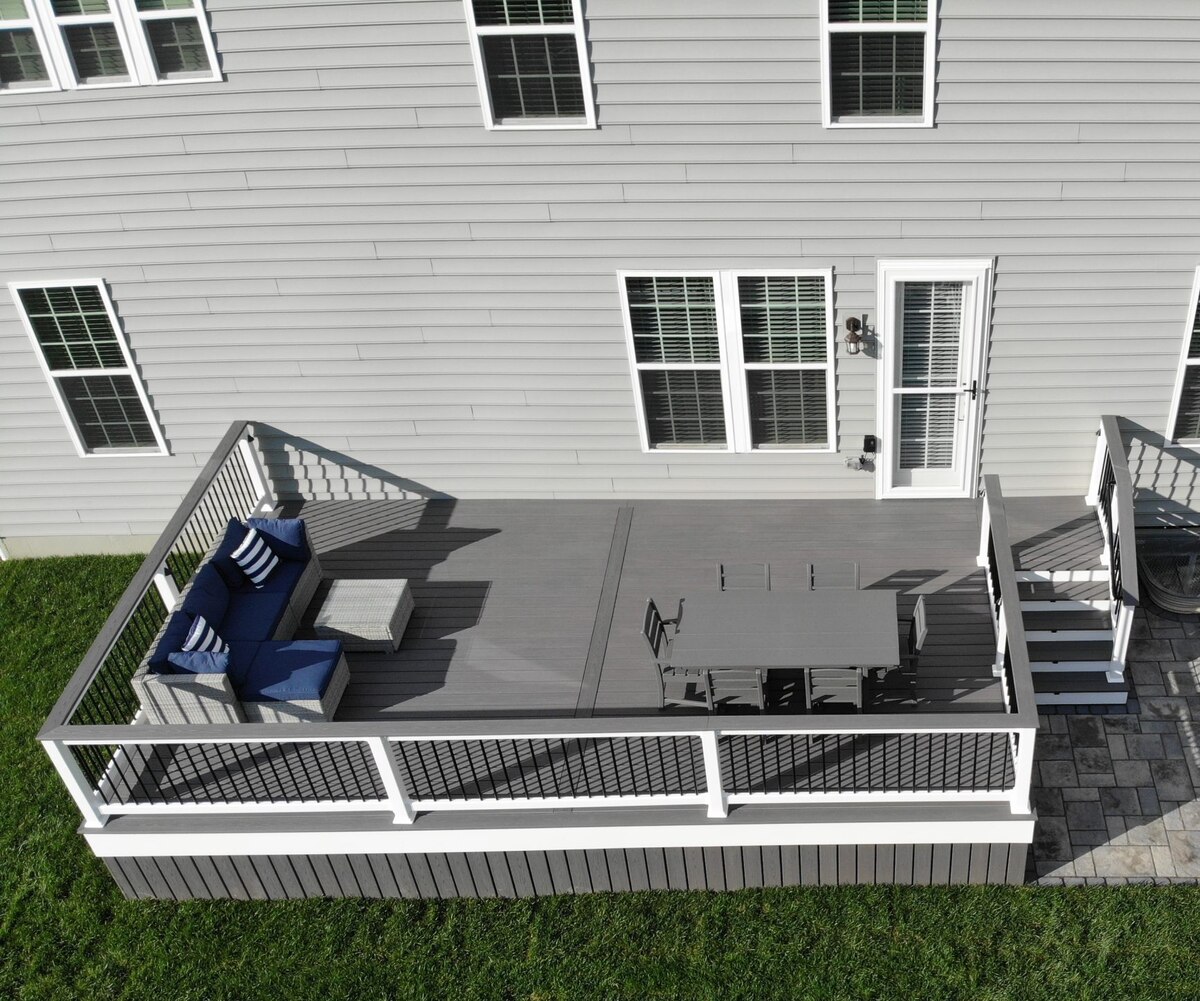

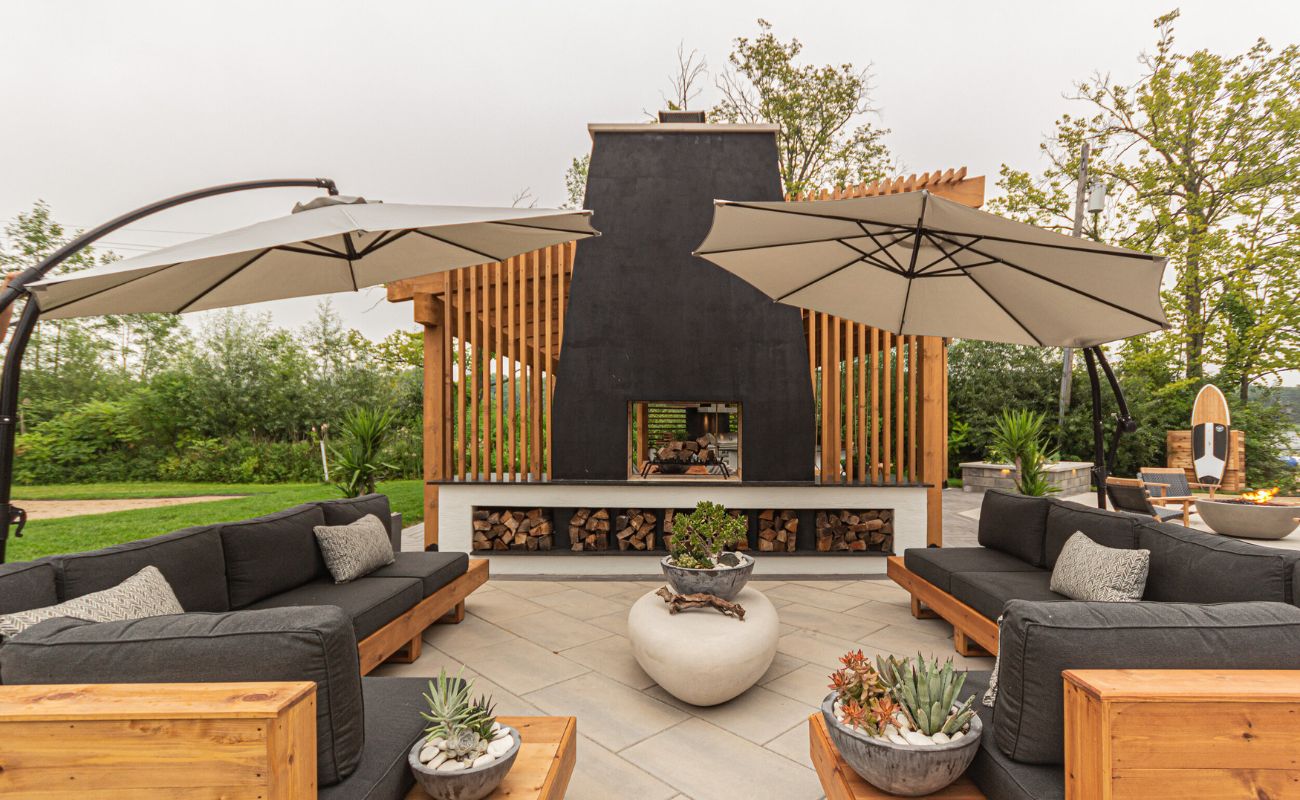
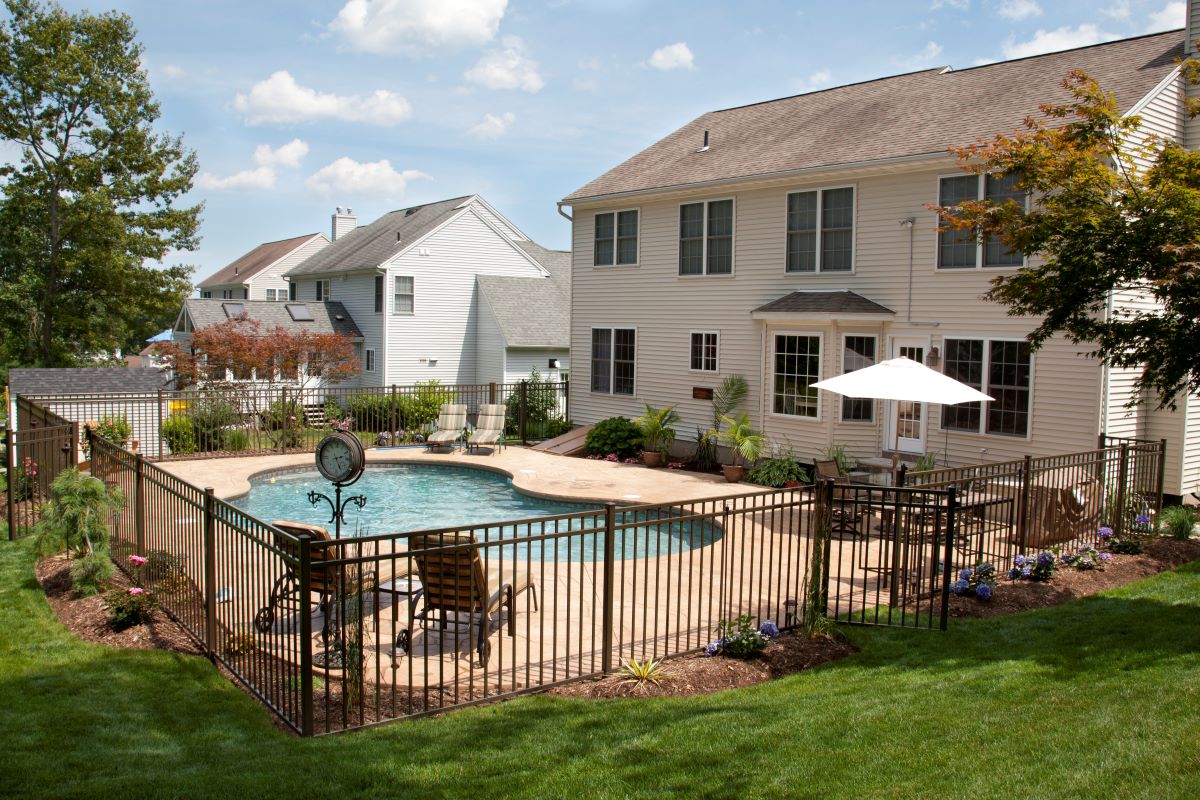
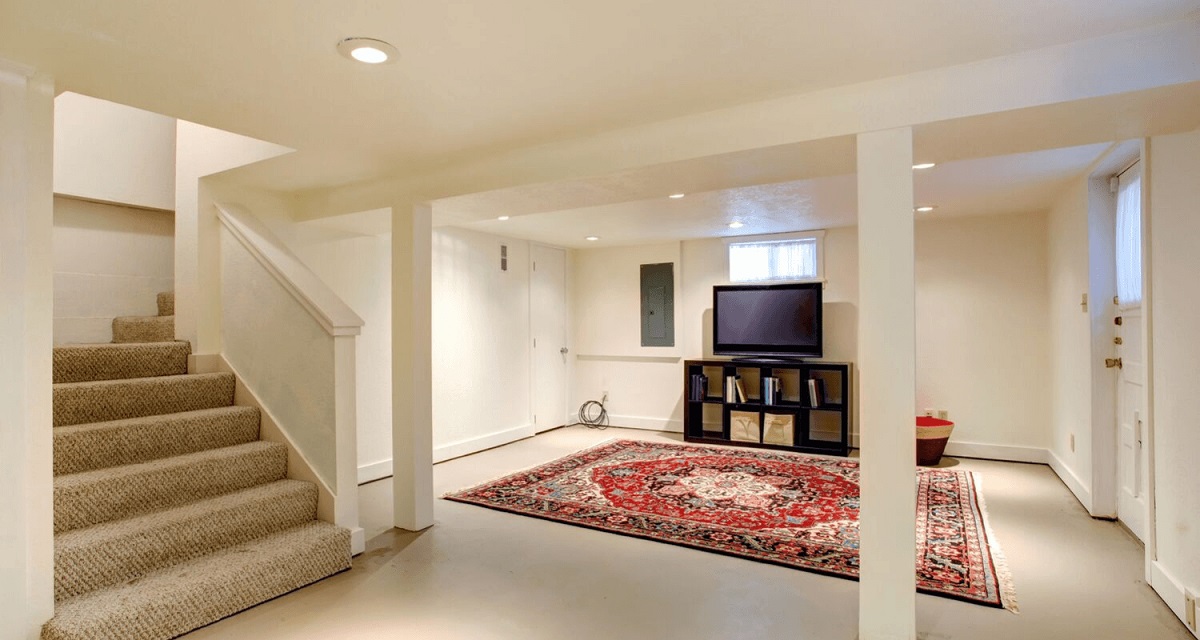
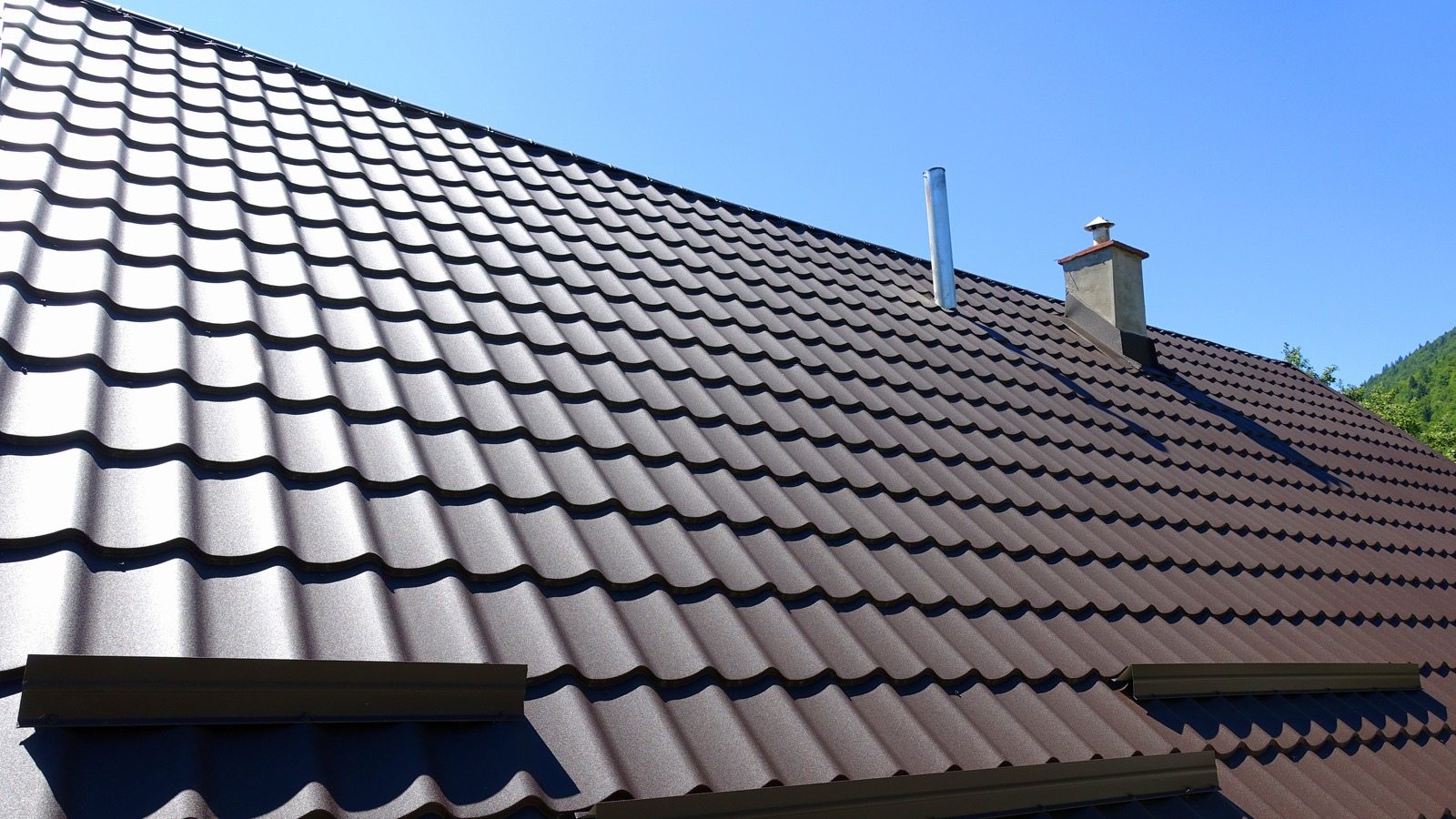
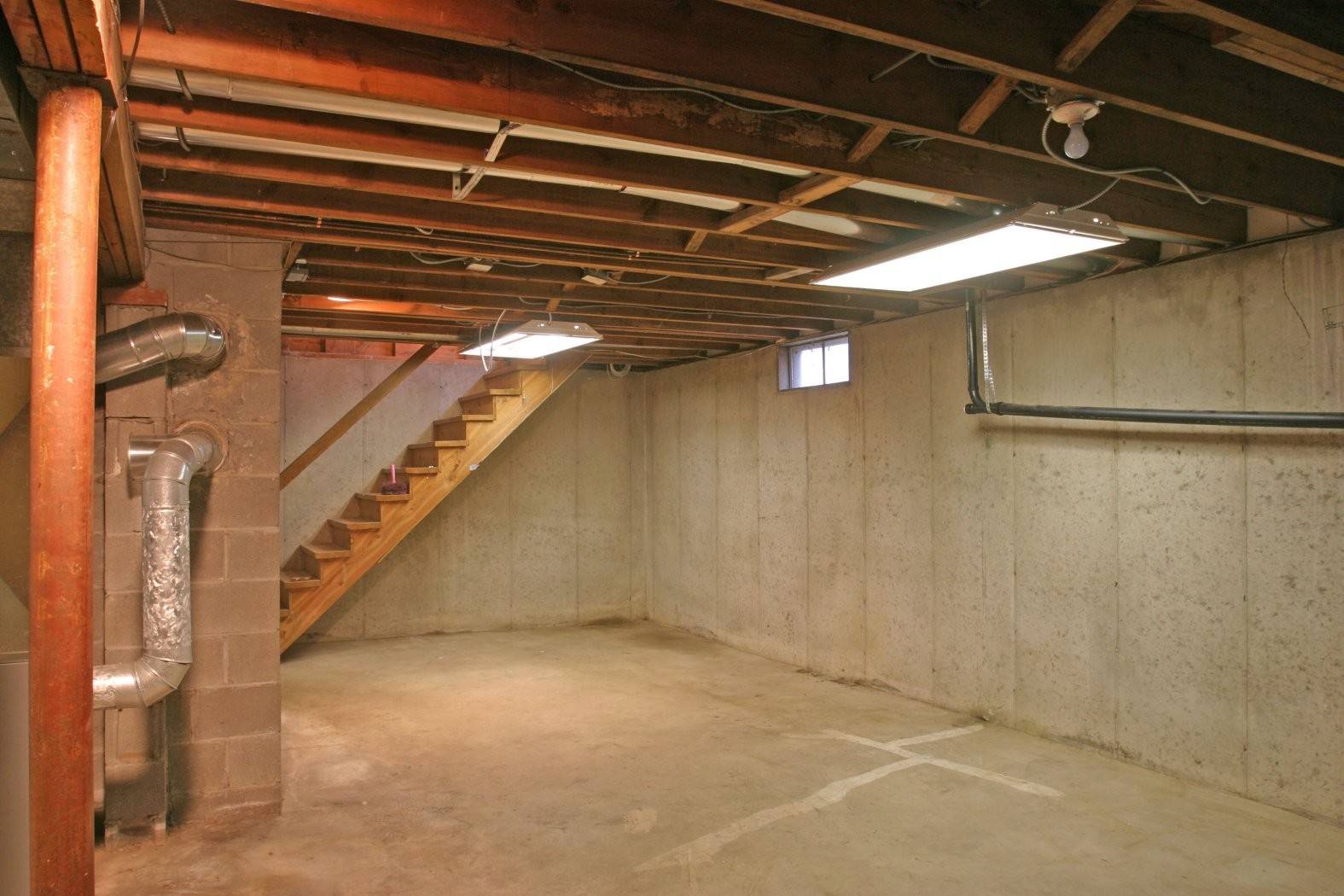
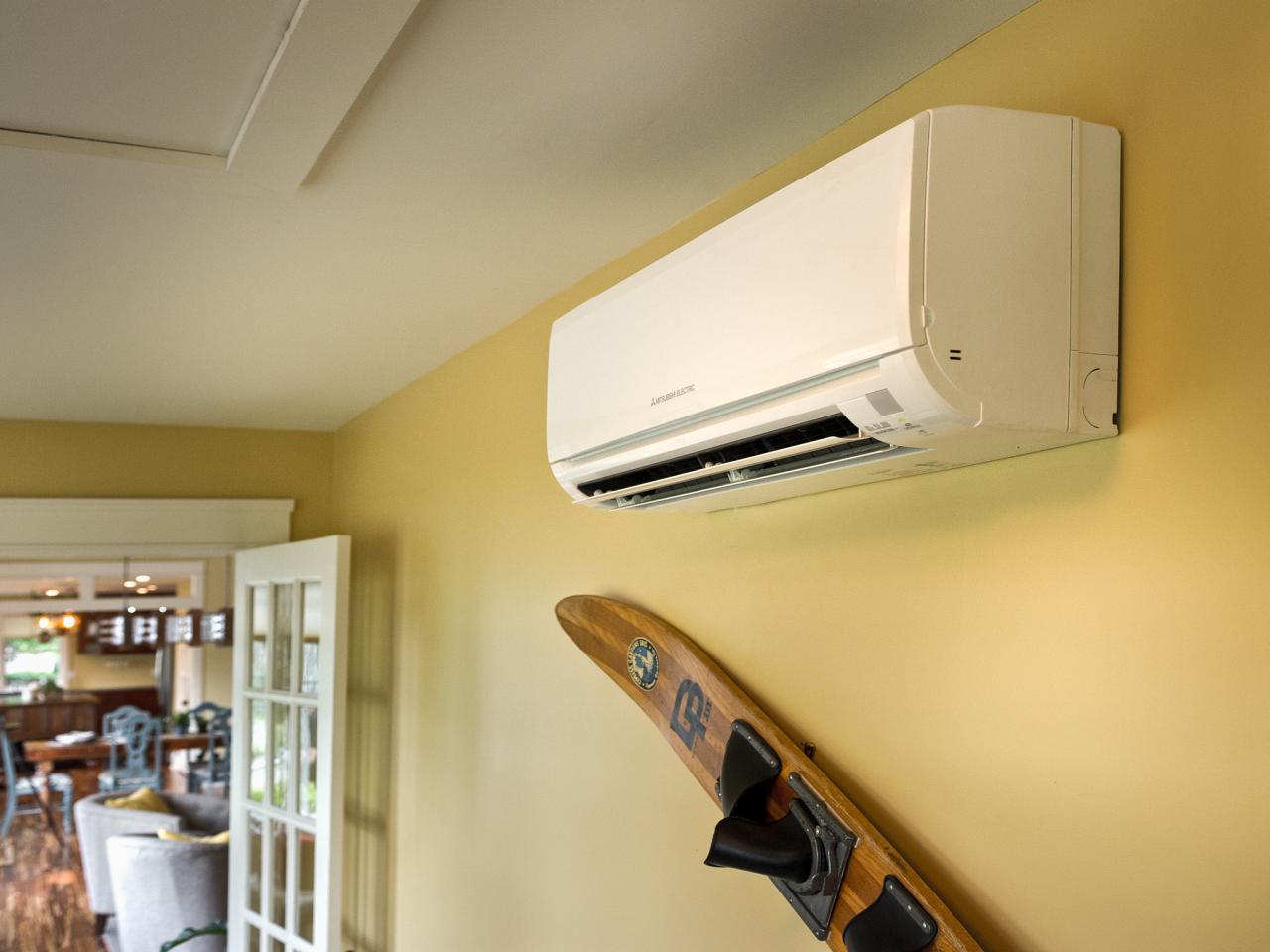
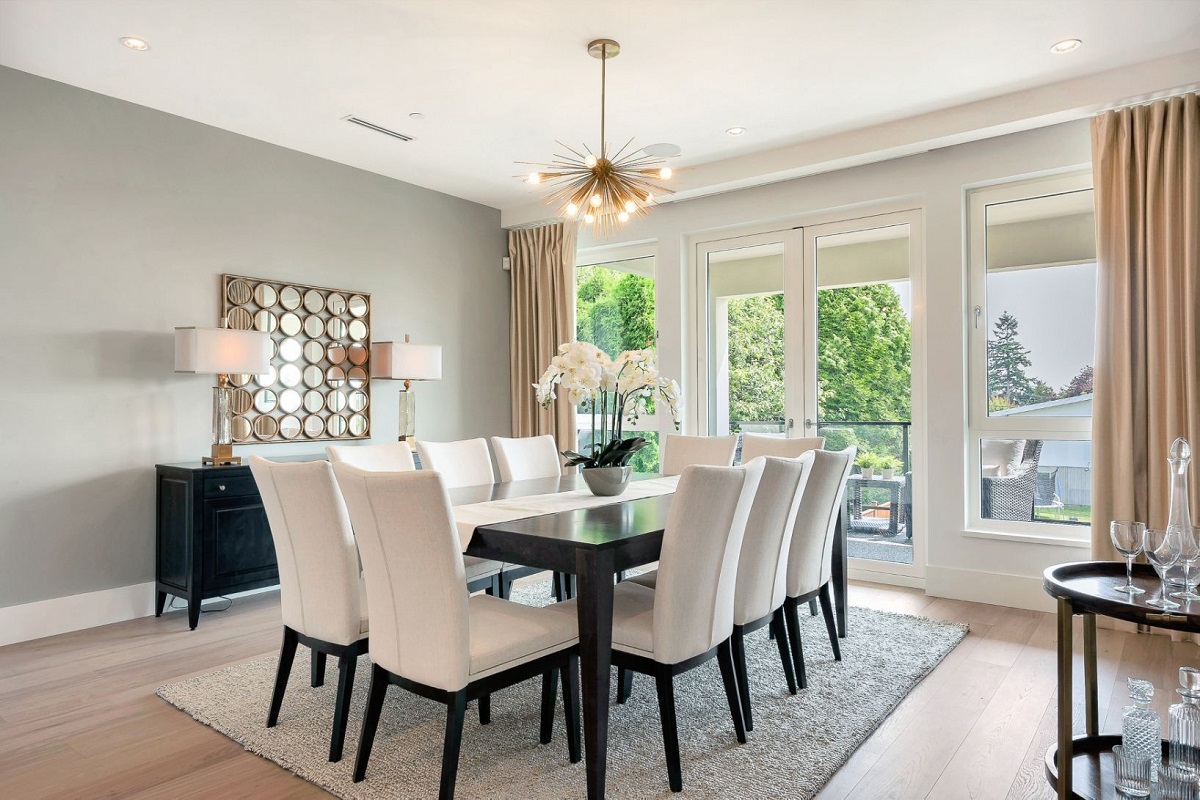
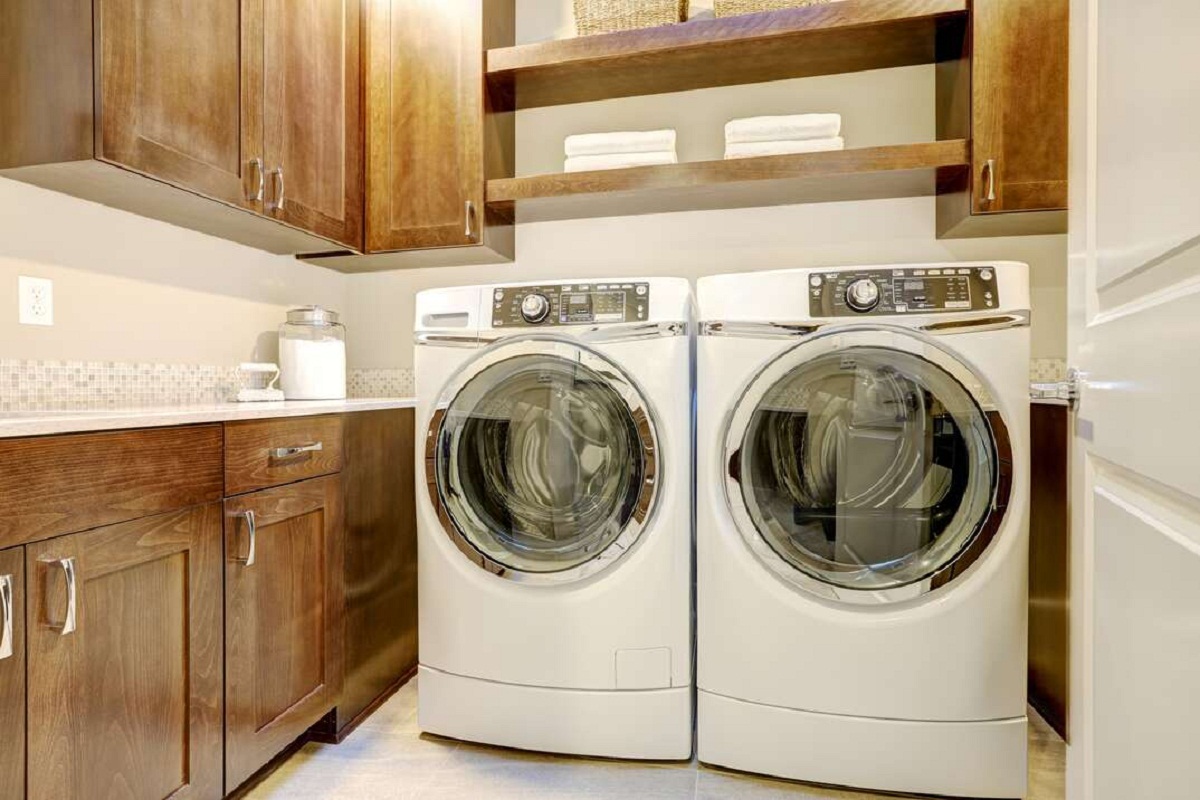
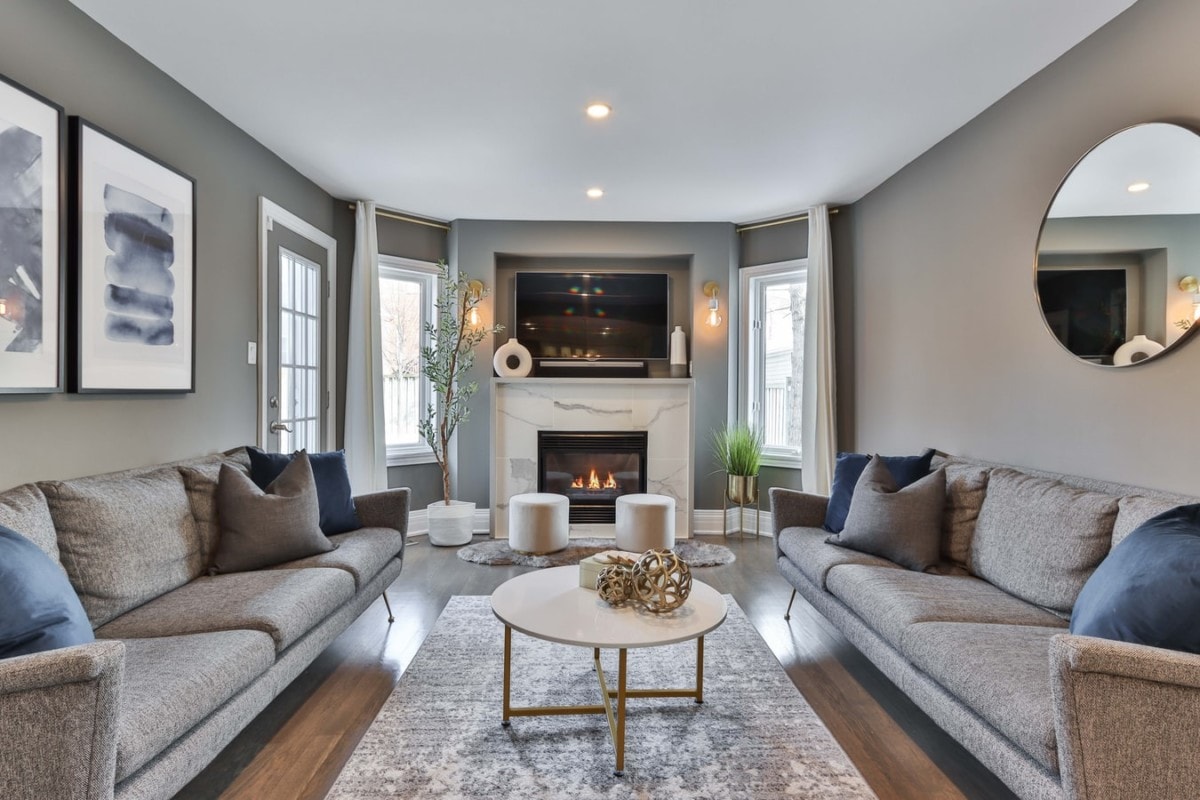
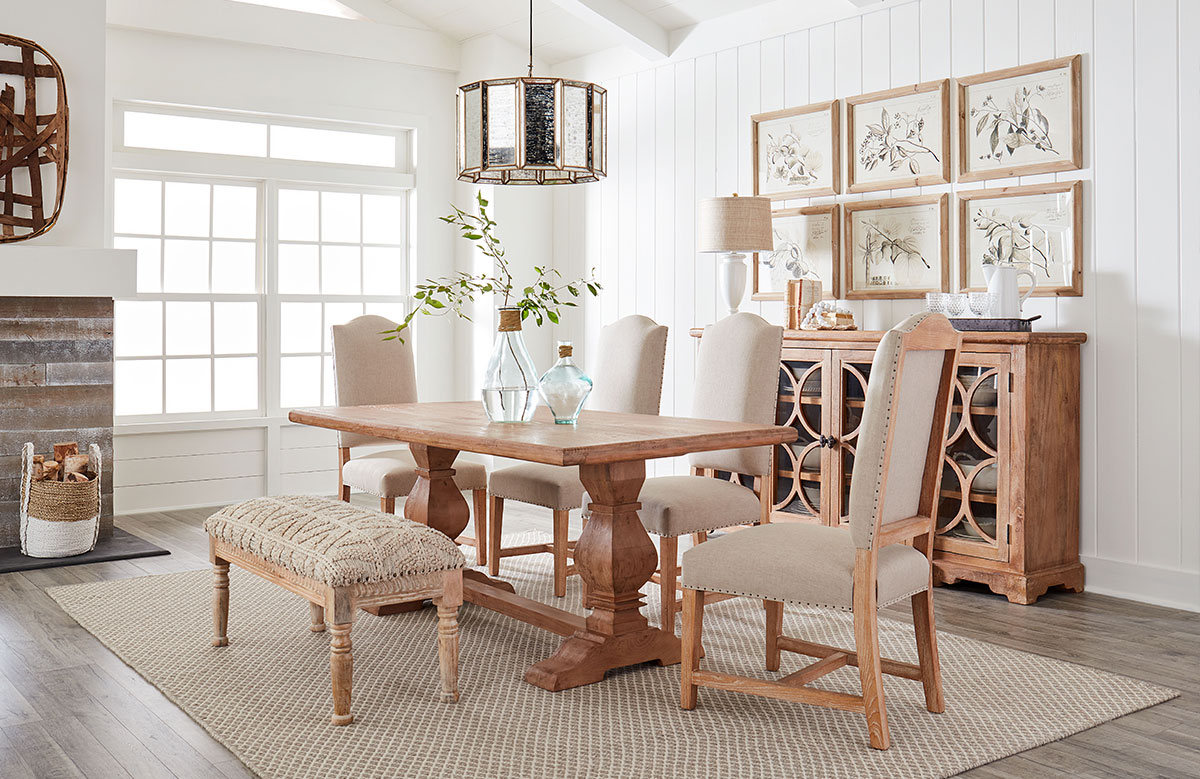
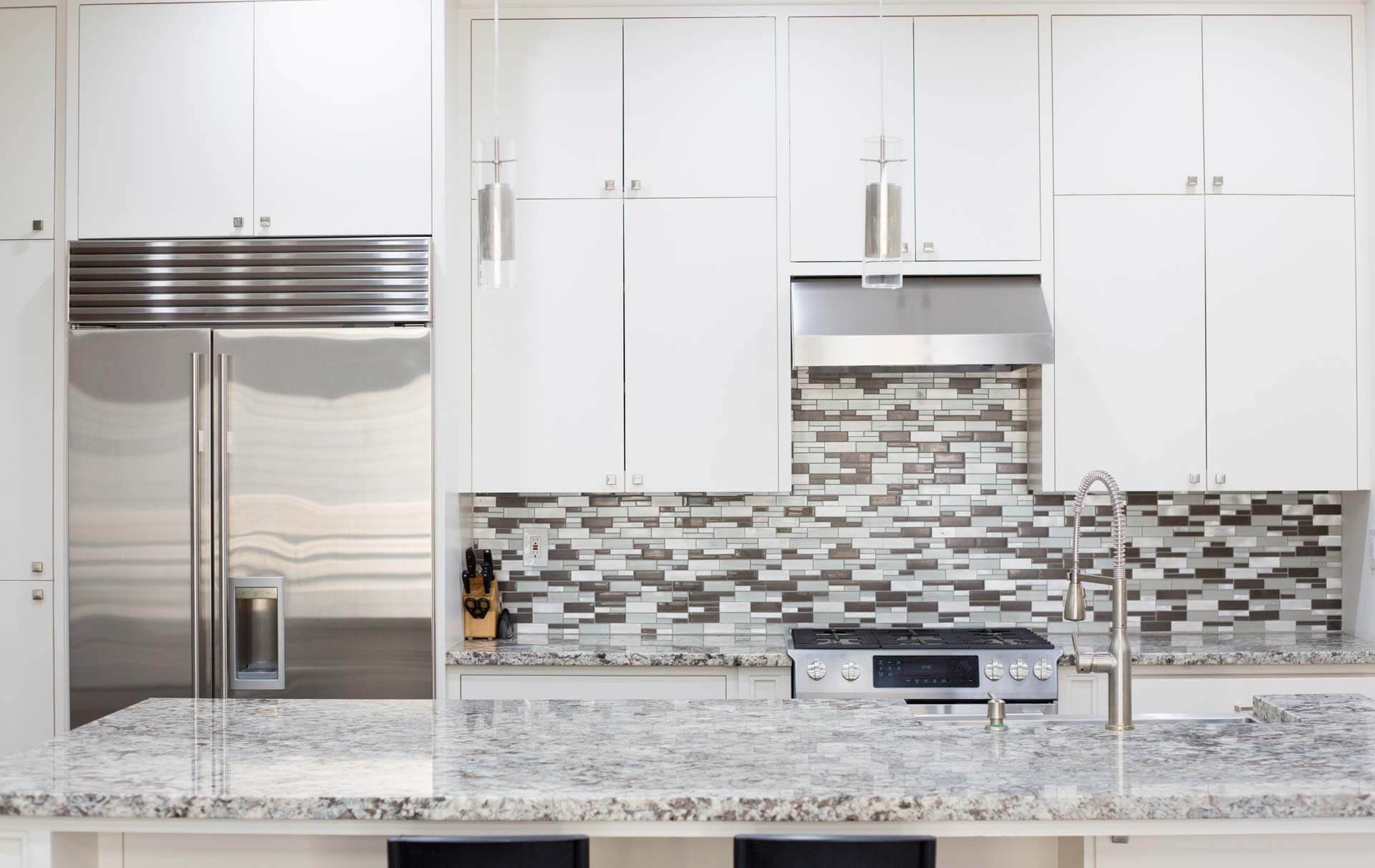
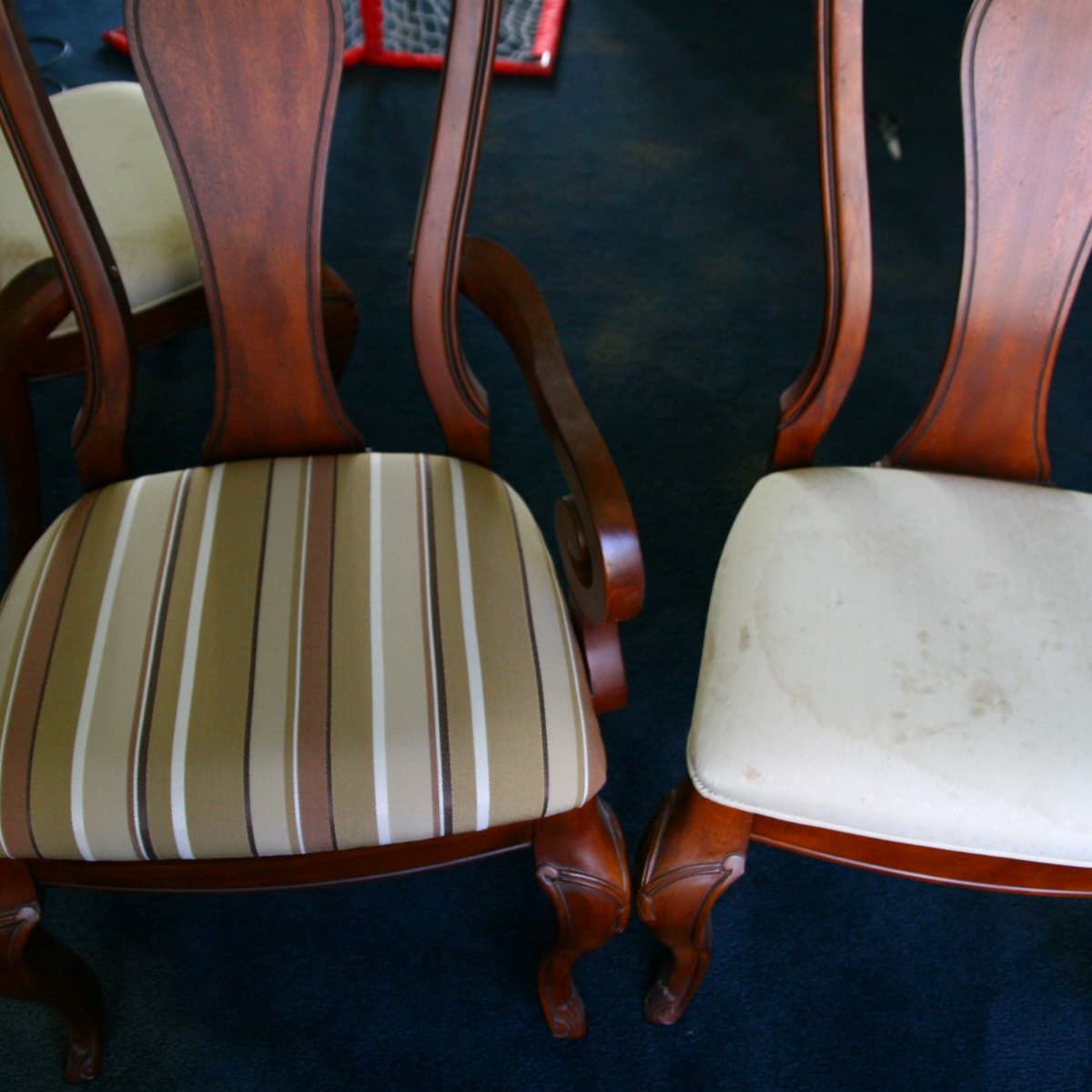

0 thoughts on “How Much Value Does A Dining Room Add To A House”